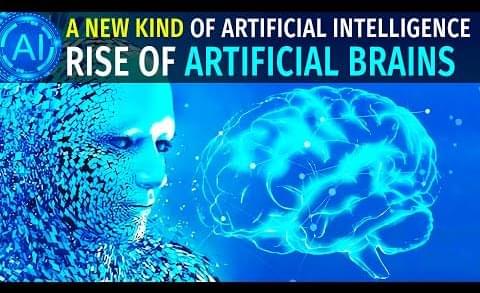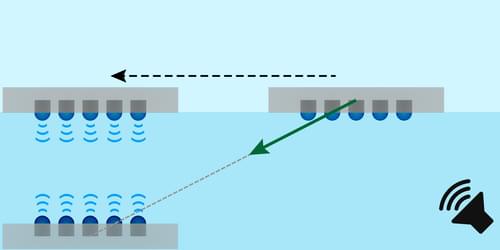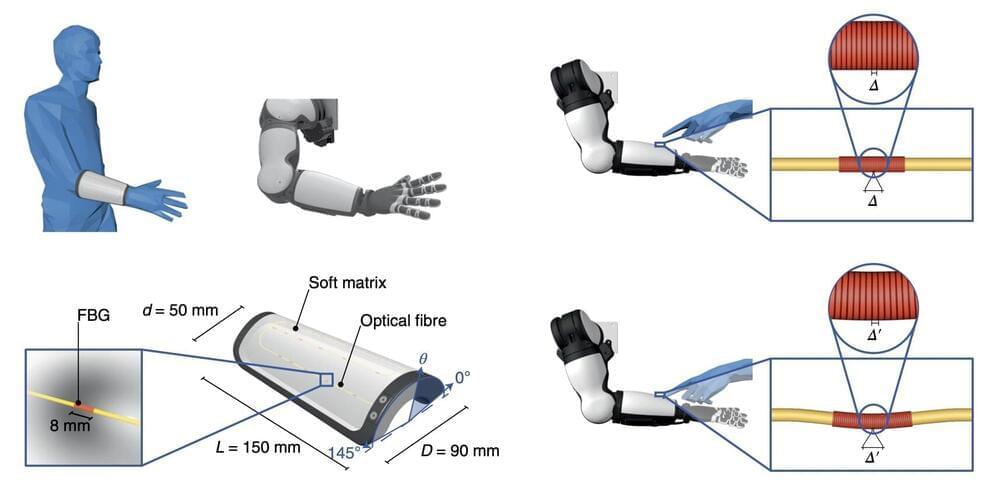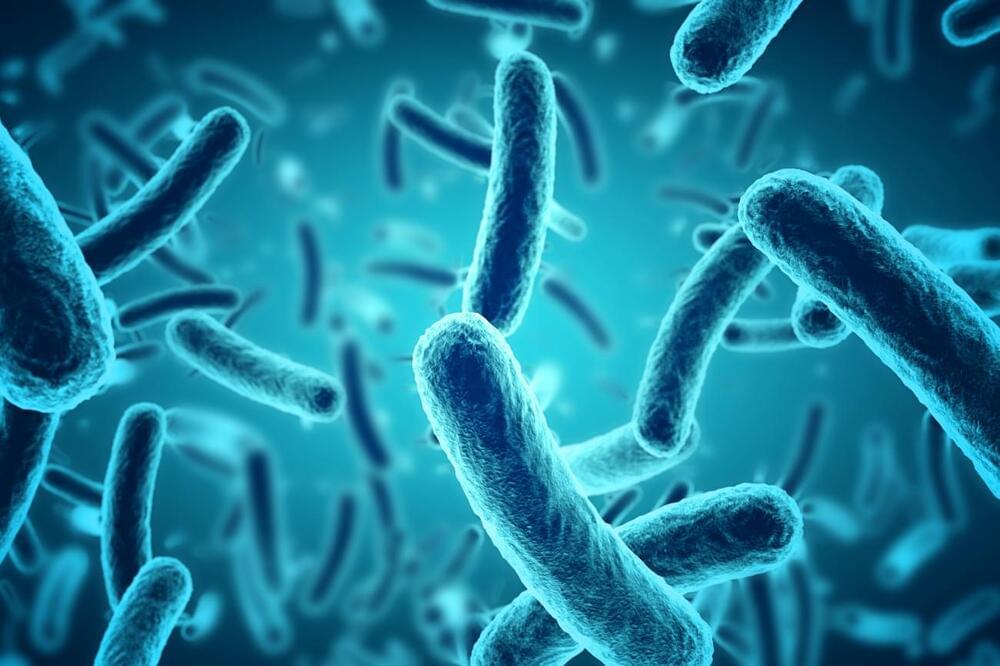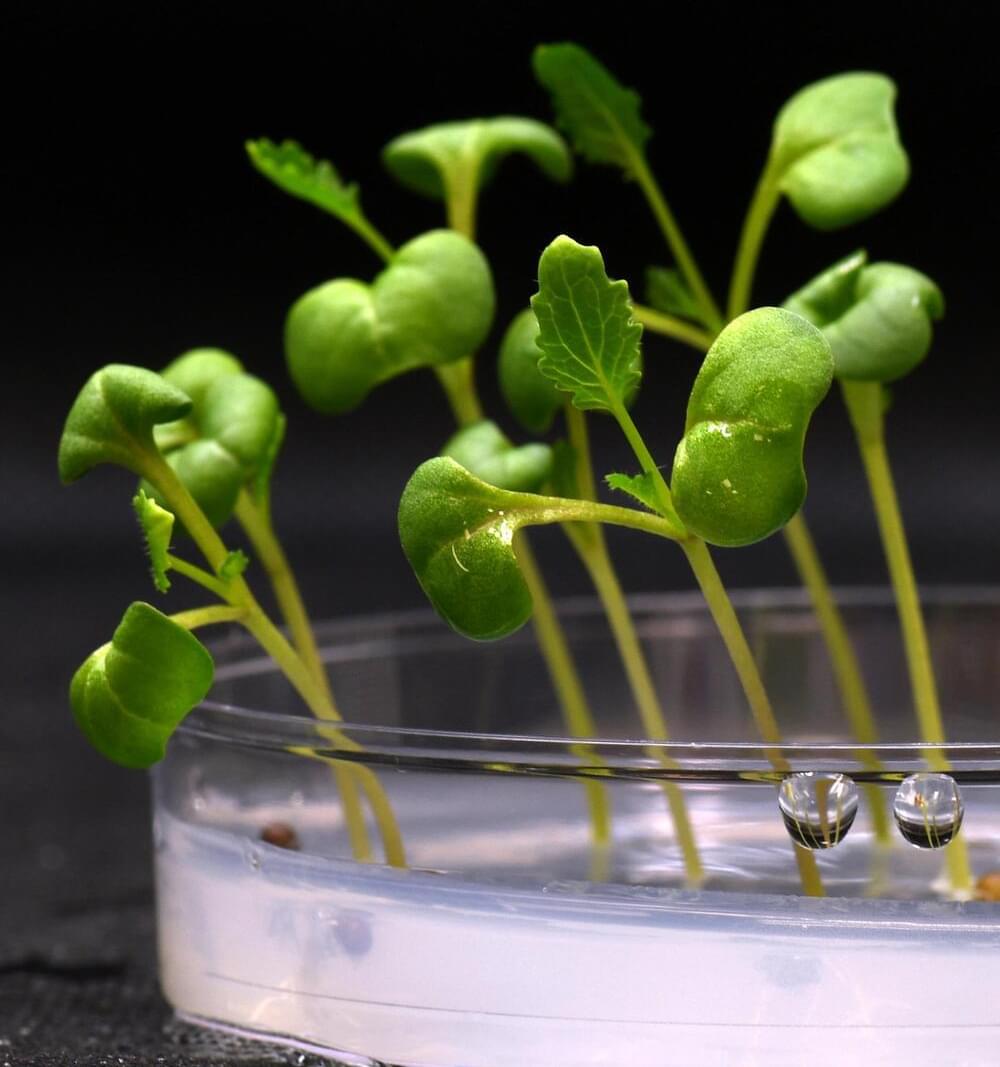Jul 2, 2022
The Rise of Artificial Brains — Nanowire Brain Powers Artificial Intelligence
Posted by Dan Breeden in categories: biological, nanotechnology, robotics/AI
Artificial Intelligence is outgrowing the current pace of Hardware Improvements and requires a new kind of technology to keep up and enable future AI Applications. Scientists seem to have found that creating artificial brains out of nanowire can mimic the human brain and power the biggest and smartest AI models ever made at relatively low energy consumption.
Today’s deep neural networks already mimic one aspect of the brain: its highly interconnected network of neurons. But artificial neurons behave very differently than biological ones, as they only carry out computations. In the brain, neurons are also able to remember their previous activity, which then influences their future behavior. This in-built memory is a crucial aspect of how the brain processes information, and a major strand in neuromorphic engineering focuses on trying to recreate this functionality. This has resulted in a wide range of designs for so-called “memristors”: electrical components whose response depends on the previous signals they have been exposed to.
–
Continue reading “The Rise of Artificial Brains — Nanowire Brain Powers Artificial Intelligence” »
